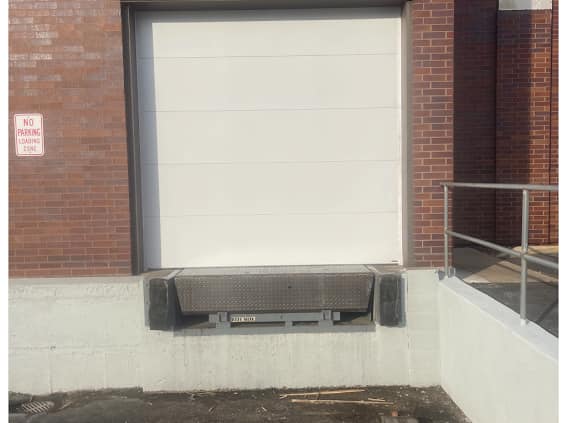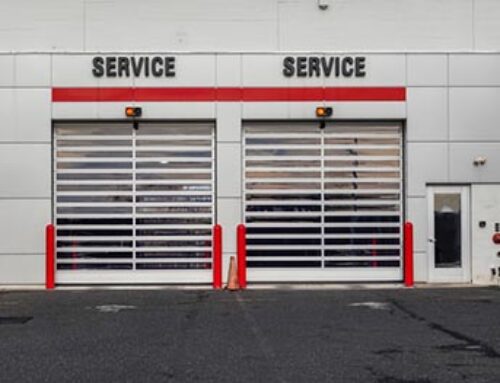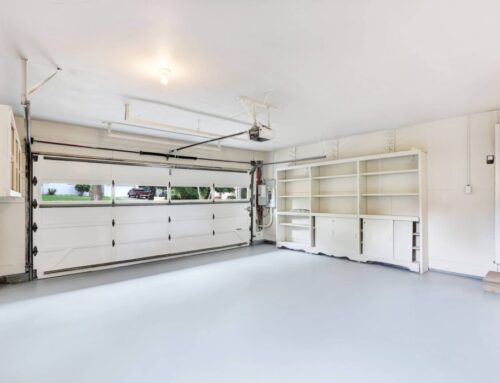A dock plate, sometimes referred to as a loading dock plate or a dock leveler, is a piece of equipment used in material handling and logistics to bridge the gap between a loading dock and a truck or trailer. It is typically a flat, sturdy, metal plate that is placed horizontally across the gap to create a smooth, even surface for forklifts, pallet jacks, and other equipment to move goods between the dock and the vehicle.
The primary purpose of a dock plate is to facilitate the safe and efficient loading and unloading of cargo from trucks or trailers to a loading dock, and vice versa. Dock plates are designed to support the weight of heavy loads and to compensate for the difference in height between the dock and the vehicle, ensuring that materials can be moved smoothly and without the risk of equipment getting stuck or damaged.
There are different types of dock plates available, including manual dock plates that are positioned and moved by hand, as well as hydraulic or mechanical dock levelers that can be adjusted to different heights with the push of a button or the turn of a crank. The choice of dock plate or leveler depends on the specific needs and operations of a warehouse or distribution center.
A hydraulic dock leveler is a specialized piece of equipment used in material handling and logistics to bridge the gap between a loading dock and a truck or trailer, allowing for the smooth and efficient loading and unloading of cargo. Unlike manual dock plates, hydraulic dock levelers are powered by hydraulic systems, making them easier to operate and adjust to different truck heights. Here are the key features and components of a hydraulic dock leveler:
- Hydraulic System: The core of a hydraulic dock leveler is its hydraulic system, which uses pressurized hydraulic fluid to raise and lower the platform. A hydraulic pump is typically used to create hydraulic pressure, and this pressure is controlled to raise or lower the dock leveler platform as needed.
- Platform: The platform is the flat surface of the dock leveler that extends from the loading dock to the truck or trailer. It is designed to support the weight of heavy loads and is typically constructed from strong steel or other durable materials.
- Lip: At the front edge of the platform, there is a hinged lip that can be extended and retracted. The lip provides a smooth transition between the dock leveler and the truck bed, allowing forklifts and other equipment to move on and off the truck without encountering a bump.
- Controls: Hydraulic dock levelers are equipped with control panels that allow operators to raise or lower the platform as needed. These controls are often operated by push-button or lever mechanisms, making it easy to adjust the platform to the appropriate height for different trucks.
- Safety Features: Hydraulic dock levelers are designed with safety in mind. They typically include safety features such as safety legs, which support the platform in case of a hydraulic failure, and lip locks to secure the lip in the extended position during operation.
Hydraulic dock levelers offer several advantages over manual dock plates, including greater ease of use, faster operation, and the ability to precisely adjust the platform to match various truck heights. This makes them a popular choice for facilities with high-volume loading and unloading operations.






